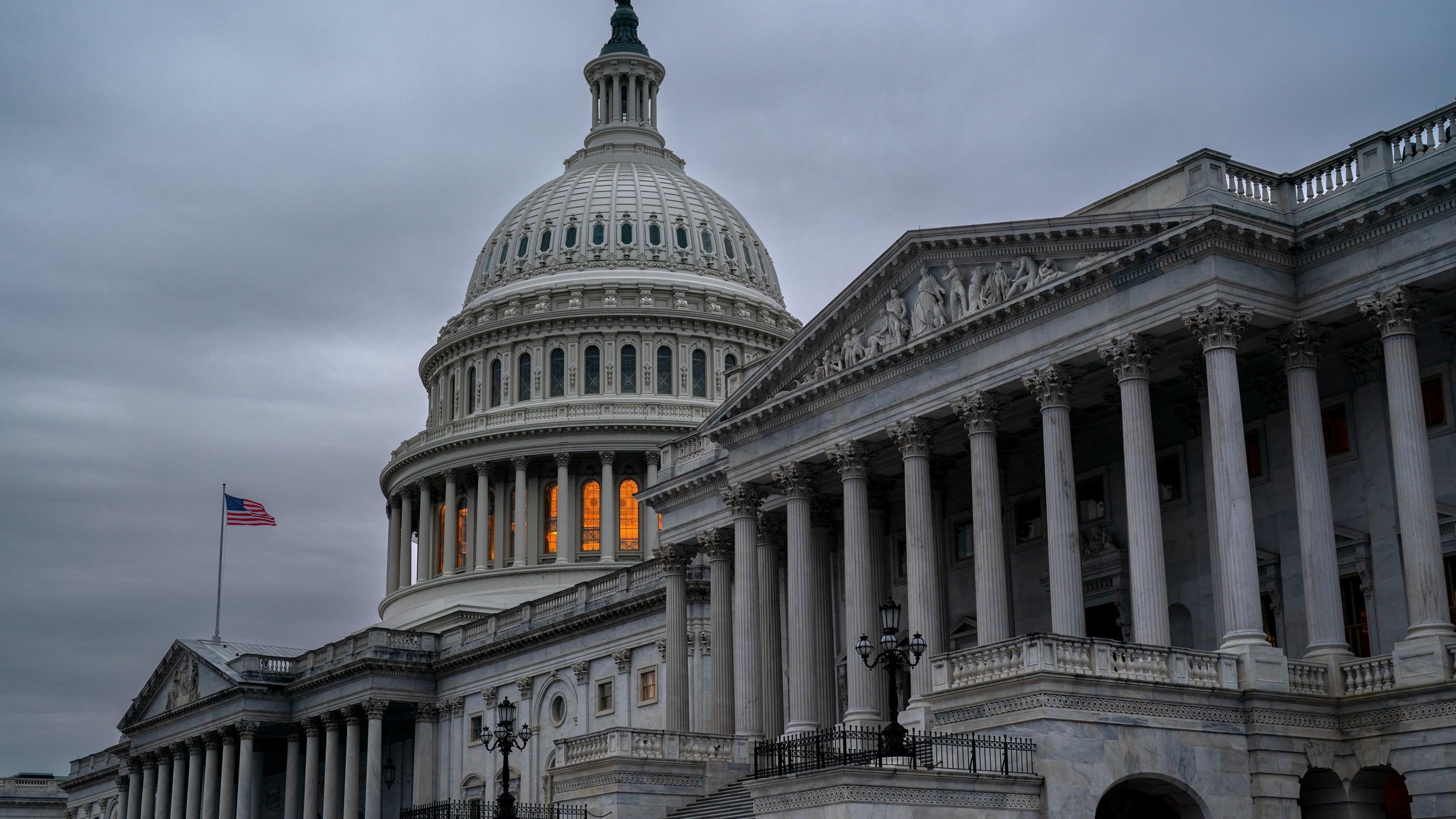The next step in attacking the problem of military spouse unemployment and underemployment is getting reliable data and tracking the issue, according to a new report.
“Data don’t lie. If you want to change something, measure it,” said Rosemary Williams, a specialist executive with Deloitte Consulting LLP, and a co-author of the report published by the Deloitte Center for Government Insights.
For decades, many military spouses have wrestled with the issues of finding meaningful employment that contributes to their families’ financial well-being and their own personal satisfaction. It’s an issue recognized by military leaders as important to readiness and retention. And it is one that DoD, the services, companies, nonprofits have tried to address with a variety of initiatives.
Williams pointed to the tracking of unemployment data for veterans, and how that’s made a difference in awareness and action. Having a government agency like the Bureau of Labor Statistics track the data could make a big difference, she said.
Different organizations have reported different numbers over the years for spouse unemployment using different methodologies. These numbers represents spouses unemployed but actively seeking work.
DoD’s scientific survey, with random sampling, put active duty spouse unemployment at 26 percent in 2010, 23 percent in 2015, and 24 percent in 2017. A smaller survey by the U.S. Chamber of Commerce Foundation’s Hiring Our Heroes in 2017 put the number at 16 percent; the online Blue Star Families’ 2019 lifestyle survey indicated 24 percent.
“If you have BLS reporting this number that’s been consistent for almost 10 years, hovering around 26 percent unemployment rate for military spouses, you’ll see changes. You will see change based on data,” said Williams, who served as the deputy assistant secretary of defense for military community and family policy for three years during the Obama administration.
She said sources have told her that the Department of Labor is working on that issue to collect information about military spouse employment.
The regular data gathering and reports the departments of Labor, Defense, Veterans Affairs and others “were considered critical to helping bring down veteran unemployment from its high of more than 8 percent in the 2010s to 3.1 percent in 2019, better than the national average,” according to the Deloitte report on spouse unemployment.
“The fact that military spouse unemployment is three times more than even the peak of veteran unemployment only further underscores the need for solid data gathering to shine light on this important issue,” Williams said.
Each month, the Department of Labor’s Bureau of Labor Statistics publishes information on the labor force status of veterans as part of its broader data set. Including similar information about military spouses would involve modifying the monthly/basic Current Population Survey questionnaire, said Andrew Blank, an economist in the BLS Office of Employment and Unemployment Statistics. He said he’s not aware of any initiative to collect information on military spouses on a monthly basis.
There have been varying numbers about the unemployment rate of military spouses. “Why not go to the experts and get the data?” Williams said. “We need clean, real data to understand the problem so we can inform solutions.”
Estimates of the unemployment rate for military spouses have been as high as 26 percent in 2010 from a DoD survey of spouses, but it varies. An unpublished BLS table with data from the March, 2018 Annual Social and Economic Supplement to the Current Population Survey showed the unemployment rate of military wives overall to be 9.9 percent, compared to a rate of 2.5 percent for wives in the civilian community whose husbands are not in the military. This particular table looked only at women; and is based on a survey of 63,685 married women, 719 of whom were married to military men.
This data is not available on a month-to-month basis, Blank said.
The data is important not just on a national level, but on a local level, according to the Deloitte report, which describes the issue of spouse employment as “a local problem of national importance.” Researchers looked at the net number of jobs available in metropolitan areas close to the largest bases by military spouse population, and found that with a few exceptions, many labor markets near military bases are very competitive.
The number was calculated based on the monthly average of unique job postings in 2019 in the closest metropolitan area, minus the number of civilian job seekers and military spouse job seekers. For example, in the Washington, D.C. area, there was a net of 135,511 jobs for those job seekers. At Fort Bragg, N.C., there was a deficit of 5,565 job postings.
But the hot labor markets near military bases are more competitive for military spouses and tend to demand higher educational levels, according to the analysis.
“Seeking employment is not one problem but many different problems, depending on where you live. The central theme is that one size doesn’t fit all,” Williams said.
With COVID-19, the issues affecting military spouses are more acute, and there may be fewer jobs available, especially with the impacts on the retail and accommodations industries, the researchers stated.
DoD’s Spouse Education and Career Opportunities program “is remarkable. There’s no other [comparable program] that exists for any cohort anywhere outside the military,” said Williams. But more needs to be done to increase the usage of the program, which provides a variety of services ranging from free specially-trained career counselors; to thousands of job listings for military spouses offered by vetted companies who specifically want to hire them; to the MyCAA program offering tuition assistance for certain spouses. Williams and her office worked to get the word out about the programs when she was at DoD, as have others before and since.
COVID-19 and remote work
The COVID-19 crisis has caused a shift across the country in the way work gets done, as many people are working remotely. “The need to work from home during the crisis has removed doubts and negative assumptions about working remotely and helped organizations large and small realize the value of less traditional workplace arrangements,” the report stated.
DoD, the rest of the federal government and the entire country should take this opportunity to take what’s been learned during the last four to five months, and apply it to innovations and changes, Williams said. DoD should examine the question,“What’s the future of work for military spouses?”
Remote work could improve opportunities for military spouses, but more needs to be done to make sure they have productive work spaces and other resources, according to the report. The military could help overall by:
*ensuring spouses have tools necessary, such as computers, webcams, or possibly co-working spaces; *accelerating the streamlining of licensing requirements and interstate transfers;
*developing a consortium of businesses in the DoD Military Spouse Employment Partnership program that can more effectively offer spouses alternative opportunities if they can’t keep their previous jobs when they move; and
*offering “upskilling” programs to help military spouses get the necessary skills for in-demand jobs in different areas.
Support spouse entrepreneurs
Besides connecting spouses to existing job opportunities, policies should help create new opportunities, such as their own businesses, the report stated. This could help spouses do better in poor labor markets, and help them to be more resilient as they take their careers with them during multiple moves.
The report recommends policies encouraging entrepreneurship such as increasing support through professional networking groups and mentorship programs; improving access to resources such as work spaces, microlending, advising or professional services; and providing co-working spaces for spouses to share innovation and best practices, and increase camaraderie.
One such professional network is already offered through the nonprofit National Military Spouse Network, which has among its members many entrepreneurs as well as other professionals.
Karen has covered military families, quality of life and consumer issues for Military Times for more than 30 years, and is co-author of a chapter on media coverage of military families in the book "A Battle Plan for Supporting Military Families." She previously worked for newspapers in Guam, Norfolk, Jacksonville, Fla., and Athens, Ga.





